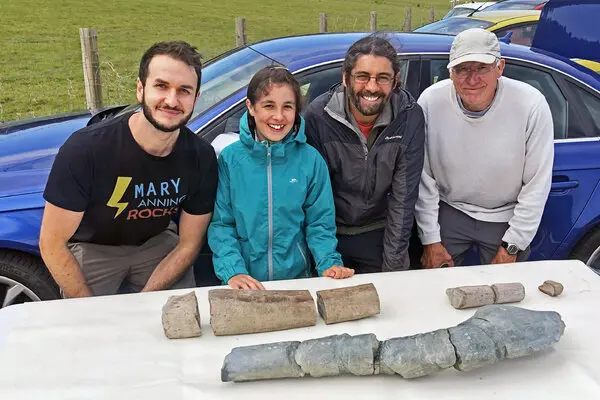By: Henry Wei
In 1811, Mary Anning, a 12-year-old girl from Southwestern England, found a fossil of an ichthyosaur, a dolphin-like reptile that lived during the age of dinosaurs. This discovery gave scientists information on ancient marine ecosystems and the evolution of marine animals.
200 years later, a girl named Ruby Reynolds, aged 11,who was engaged in her hobby of fossil collecting, with her father made a discovery less than 50 miles away from Mary’s original find in Lyme Regis.
Ruby and her father found the fossil remains of another ichthyosaur jawbone by looking at a 2018 research paper. The bone belongs to the largest marine reptile fossil ever uncovered at about 82 feet in length, this fossil gives scientists information about the ichthyosaur’s immense size.
Ruby’s discovery is important because of its size and also its preservation. The well preserved fossil gives scientists a chance to study the anatomy, behavior, and evolutionary history of ichthyosaurs in more detail than before. Researchers Dean Lomax and Paul de la Salle are examining the fossil to uncover clues about how these ancient creatures lived, moved, and interacted with their environment millions of years ago.
Like Mary Anning’s groundbreaking find over two centuries ago, Ruby’s discovery shows how beginner paleontologists and young explorers can play in advancing scientific knowledge. Their curiosity and dedication to discovery continue to push the boundaries of what we know about Earth’s prehistoric past. As scientists continue to analyze Ruby’s fossil, the finding of more fossils will help us understand the fascinating extinct creatures that once lived on the oceans and land of our planet.











